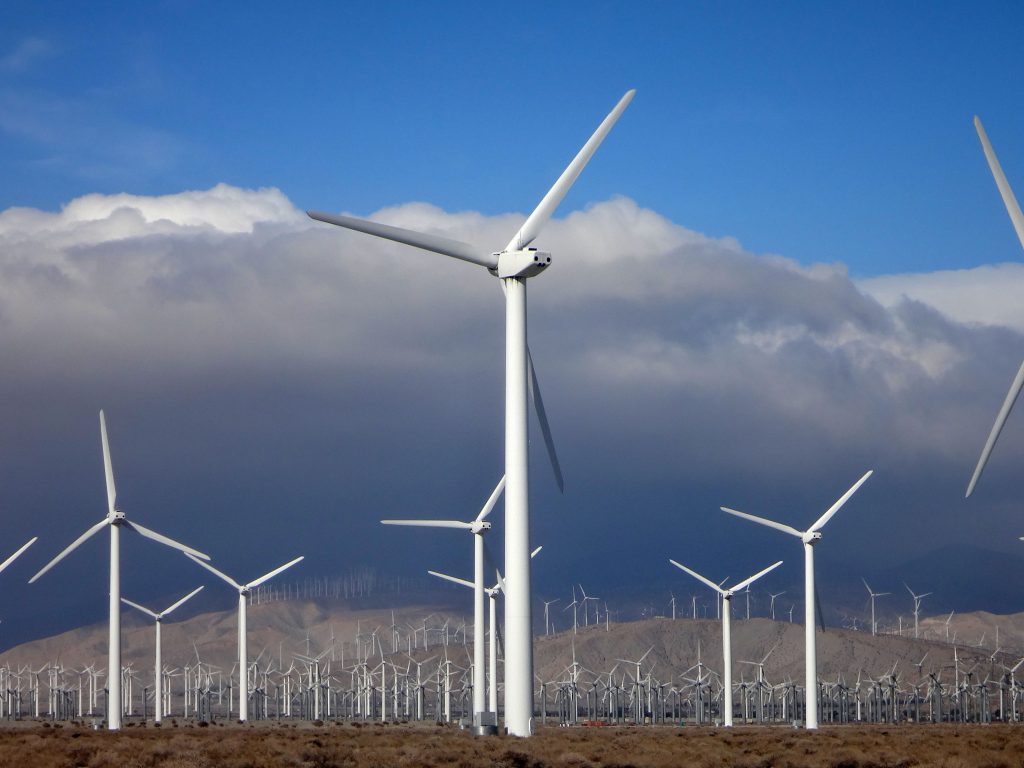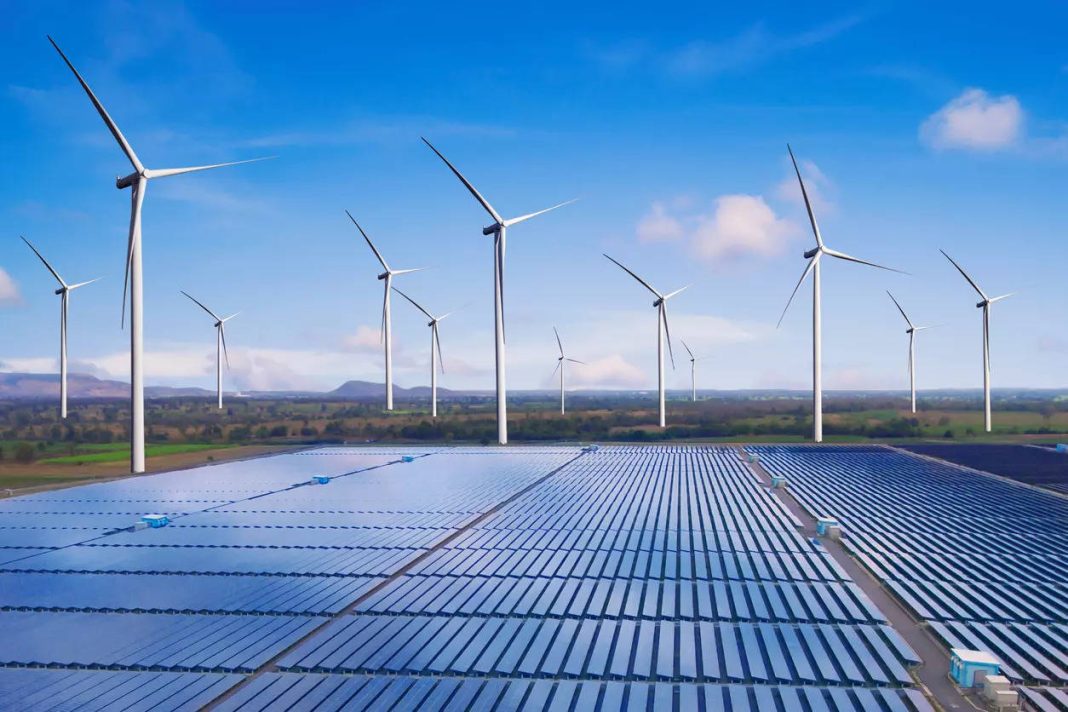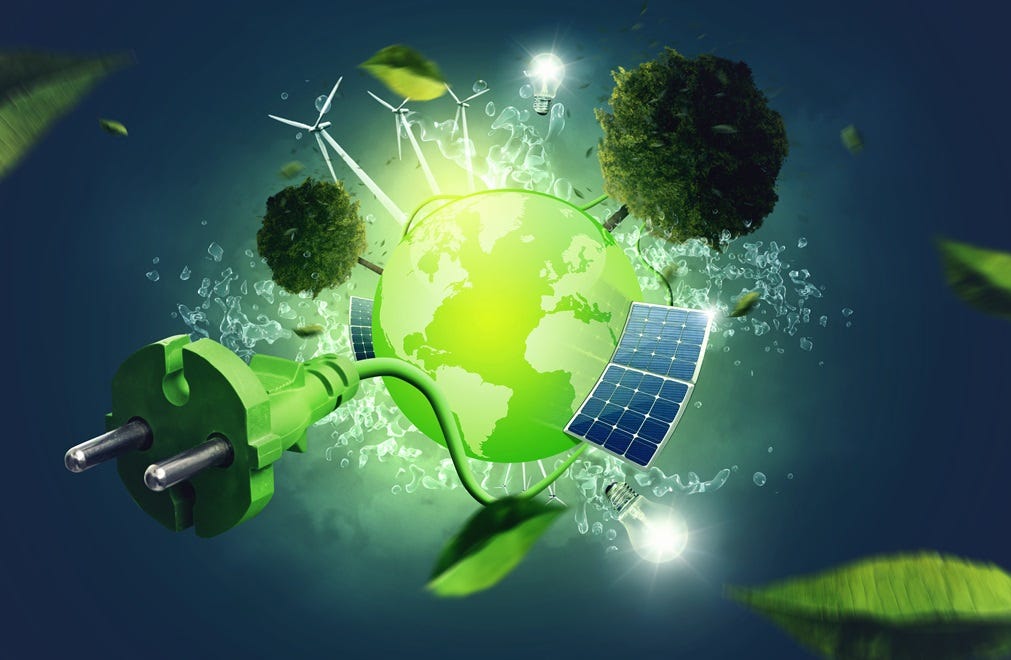As the global community grapples with climate change and the need for sustainable energy solutions, the future of renewable energy looks increasingly promising. Technological innovations and emerging trends are set to revolutionize how we generate, store, and utilize renewable energy. Here, we explore the key innovations and trends shaping the future of renewable energy.
1. Advanced Solar Technologies
Solar energy continues to lead the renewable energy sector with significant advancements in technology. The development of perovskite solar cells, which offer higher efficiency and lower production costs than traditional silicon cells, is a game-changer. These cells are flexible and lightweight, making them suitable for a wider range of applications, including integration into building materials and portable devices.
Another innovation is bifacial solar panels, which capture sunlight on both sides, thereby increasing energy yield. Coupled with advancements in solar tracking systems that adjust the panels to follow the sun’s trajectory, the efficiency of solar power generation is set to soar.

2. Wind Energy Enhancements
Wind energy is seeing innovations that promise to enhance efficiency and reduce costs. One significant development is the use of larger and more efficient wind turbines. The latest models feature longer blades and taller towers, capturing more wind and generating more power. Offshore wind farms, which can harness stronger and more consistent winds, are also expanding, with floating wind turbines opening up deep-water areas previously inaccessible.
Furthermore, innovations in materials, such as carbon fiber, are making turbines lighter and more durable, reducing maintenance costs and extending their operational life.
3. Energy Storage Breakthroughs
Energy storage remains a critical component of the renewable energy landscape, addressing the intermittent nature of sources like solar and wind. Lithium-ion batteries have dominated the market, but advancements are paving the way for new storage solutions. Solid-state batteries, which offer higher energy density and safety, are nearing commercial viability.
Beyond batteries, other storage technologies are gaining traction. Flow batteries, which use liquid electrolytes, provide scalable and long-duration storage solutions. Additionally, gravity-based storage systems, such as those developed by Energy Vault, use gravitational potential energy to store and release electricity efficiently.
4. Hydrogen Economy
Green hydrogen, produced through electrolysis using renewable energy, is emerging as a versatile and clean energy carrier. It has the potential to decarbonize industries that are challenging to electrify, such as steel manufacturing, heavy transport, and aviation. Innovations in electrolysis technology are making hydrogen production more efficient and cost-effective.
Countries worldwide are investing in hydrogen infrastructure, including production facilities, storage solutions, and distribution networks. Hydrogen fuel cells are also gaining popularity in various applications, from vehicles to backup power systems.
5. Smart Grids and Digitalization
The integration of renewable energy into the grid requires smart grid technologies that enhance efficiency, reliability, and flexibility. Advanced grid management systems use artificial intelligence (AI) and machine learning to predict energy demand, optimize resource allocation, and prevent outages.
Digitalization also facilitates the integration of distributed energy resources (DERs) like rooftop solar panels and home batteries. Through the Internet of Things (IoT), these DERs can be monitored and managed in real time, contributing to a more resilient and adaptive energy system.
6. Bioenergy and Waste-to-Energy
Bioenergy, derived from organic materials, is evolving with innovative technologies that improve efficiency and sustainability. Advanced biofuels, such as those made from algae and waste materials, are reducing the carbon footprint of transportation and industry.
Waste-to-energy technologies are also advancing, turning municipal and industrial waste into electricity, heat, and biofuels. These technologies not only provide renewable energy but also address waste management challenges, contributing to a circular economy.
7. Geothermal Energy Expansion
Geothermal energy, which taps into the Earth’s internal heat, offers a reliable and continuous power source. Innovations in drilling technology are making it possible to access geothermal resources in more locations and at greater depths. Enhanced Geothermal Systems (EGS) are also being developed to stimulate heat production in areas with insufficient natural geothermal activity.
The use of geothermal energy is expanding beyond electricity generation to include direct heating applications, such as district heating systems and agricultural uses, further diversifying its benefits.
The future of renewable energy is bright, driven by technological innovations and evolving trends that promise to transform the energy landscape. As these advancements continue to unfold, renewable energy will play a pivotal role in addressing climate change, enhancing energy security, and fostering sustainable economic growth. Embracing these innovations and trends will be crucial for governments, businesses, and individuals committed to a sustainable future.








